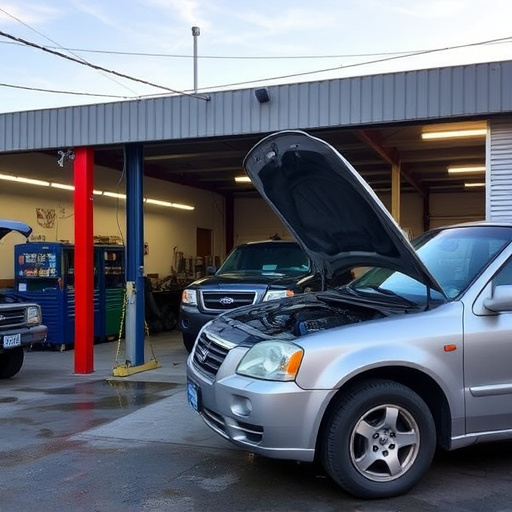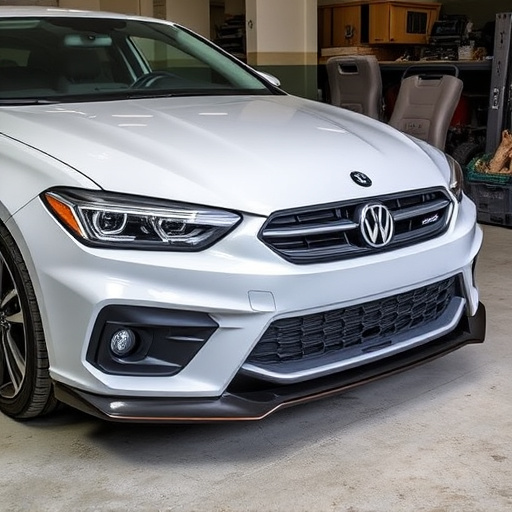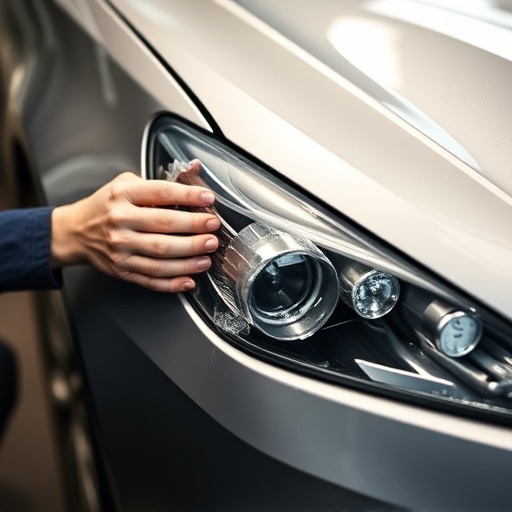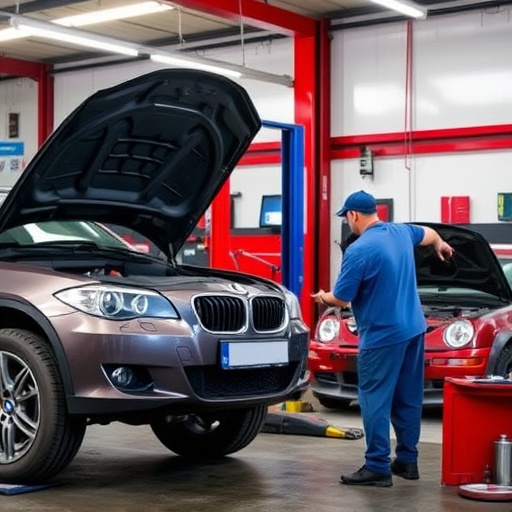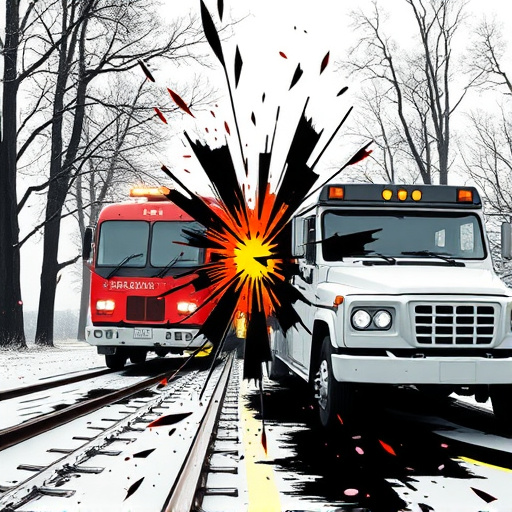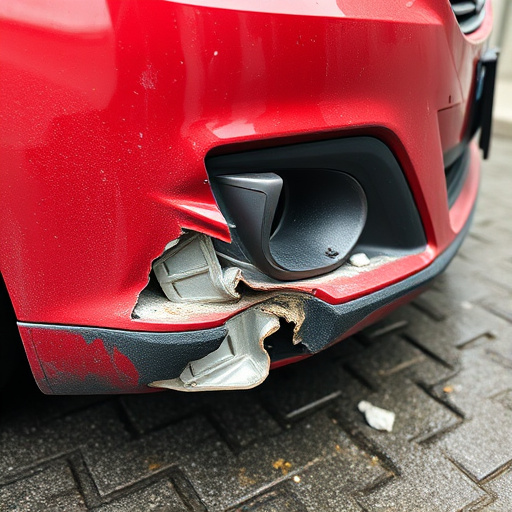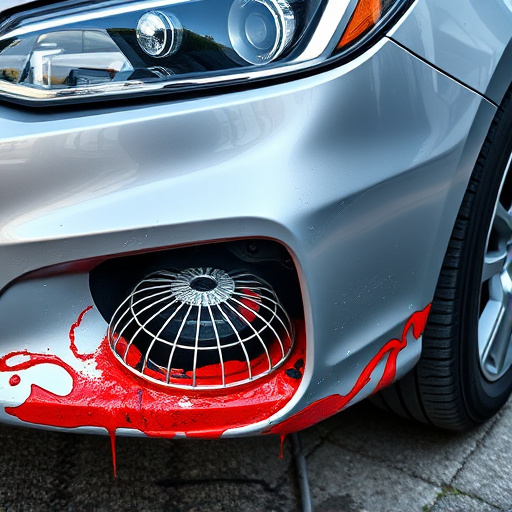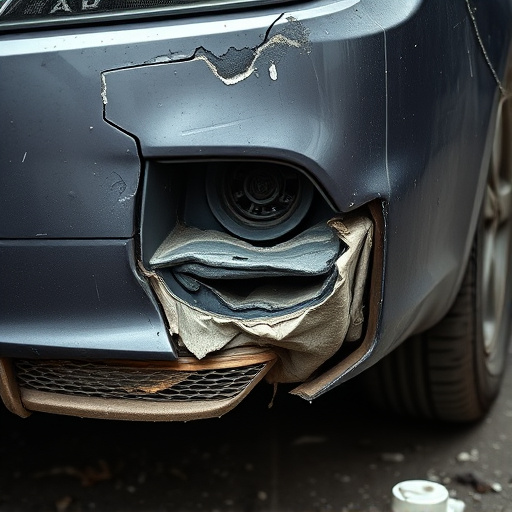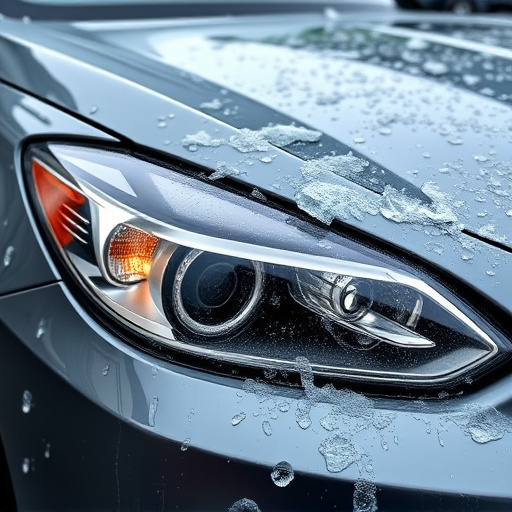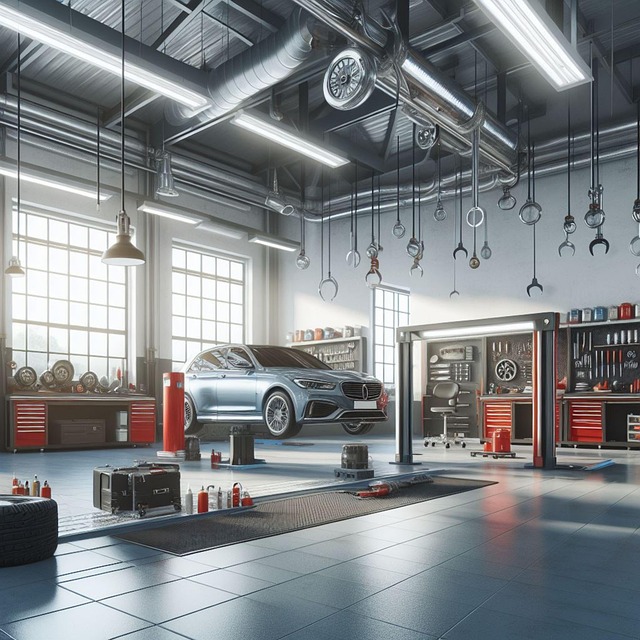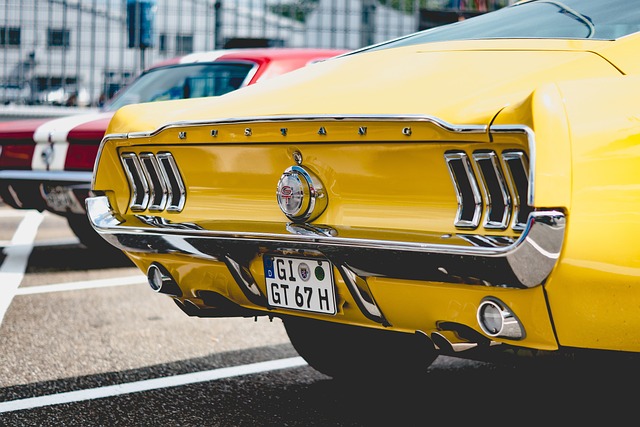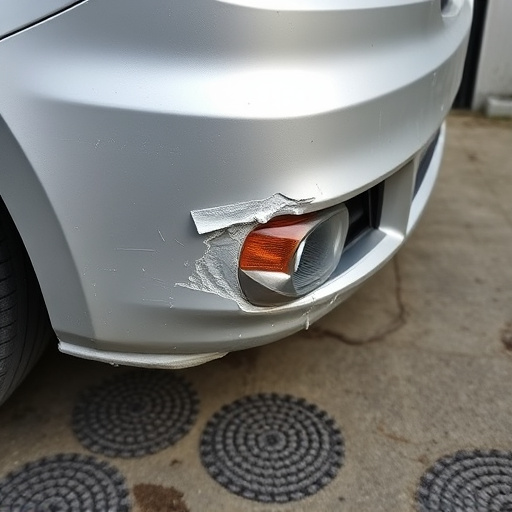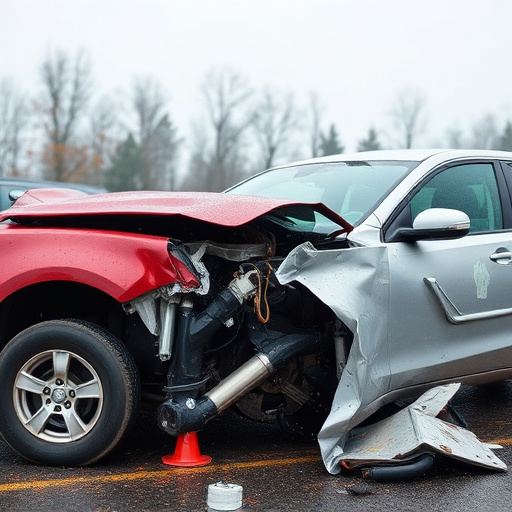Successful auto paint repair demands deep understanding of automotive paint structure and meticulous preparation. DIY attempts often result in flaws due to lack of expertise. Consulting a collision repair shop offers superior results for complex or long-term repairs, restoring vehicles to original condition. Proper surface preparation, including cleaning, decontaminating, sanding, is crucial. Using professional-grade tools and paints enhances outcomes, preventing premature peeling or flaking. Surface preparation remains vital regardless of damage extent.
Auto paint repair is a popular DIY task, but many common mistakes can mar your efforts. To ensure a flawless finish, understanding the basics and avoiding pitfalls during prep work is crucial. This guide will help you navigate the process effectively. We’ll cover essential aspects like preparing surfaces properly, selecting the right tools and materials for quality repairs, all tailored to help you achieve professional-looking auto paint jobs.
- Understanding Auto Paint Repair Basics Before You Start
- Common Mistakes in Prepping Surfaces for Painting
- Choosing the Right Tools and Materials for Quality Repairs
Understanding Auto Paint Repair Basics Before You Start
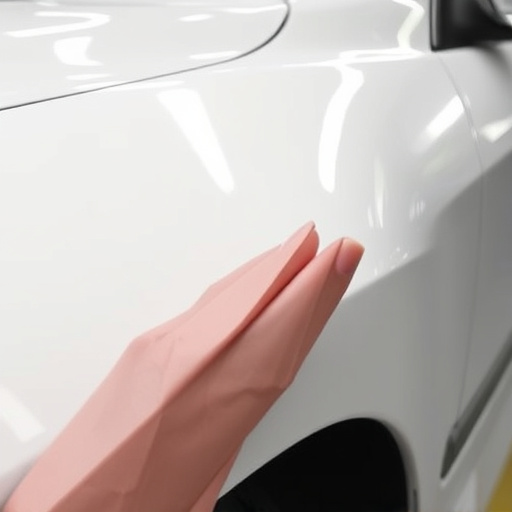
Before tackling any auto paint repair, it’s crucial to understand the basics. Auto paint isn’t simply a surface treatment; it’s a complex system designed to protect your car’s metal from corrosion and damage. A successful repair requires more than just matching the color. It involves preparing the damaged area thoroughly, understanding the undercoat and primer layers, and ensuring seamless integration with the existing paint job.
Many DIY enthusiasts attempt auto paint repairs without appreciating these nuances, leading to noticeable flaws in the final finish. In a collision or after years of wear and tear, turning to a reputable collision repair shop is often the best course of action. Professionals have the tools, expertise, and experience to handle complex repairs, ensuring your car restoration looks as good as new while maintaining long-term protection against future damage.
Common Mistakes in Prepping Surfaces for Painting
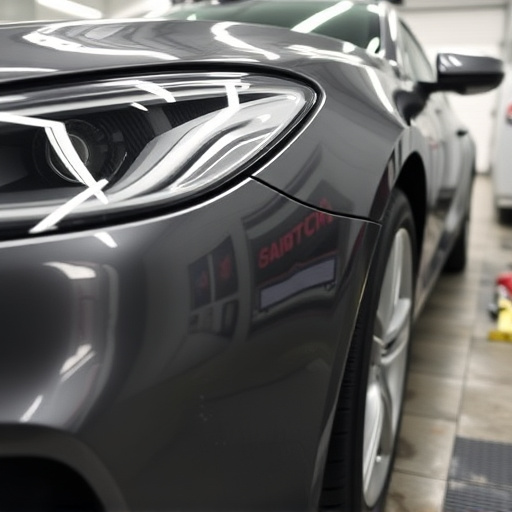
When preparing a surface for auto paint repair, many individuals make mistakes that can compromise the final finish. One of the most common errors is neglecting to thoroughly clean and decontaminate the area. Dust, grease, and grime can adhere to surfaces and impair the bonding process, leading to premature peeling or flaking. Using an appropriate cleaner and ensuring the surface is dry before proceeding is essential for a smooth application.
Another mistake is overlooking the importance of sanding. Rough or uneven surfaces need to be smoothed out to achieve a professional-looking paint job. Skipping this step can result in uneven paint coverage, noticeable imperfections, and an overall subpar finish. Proper sanding also helps to etch the surface slightly, enhancing adhesion for superior auto body repairs and car damage repair.
Choosing the Right Tools and Materials for Quality Repairs
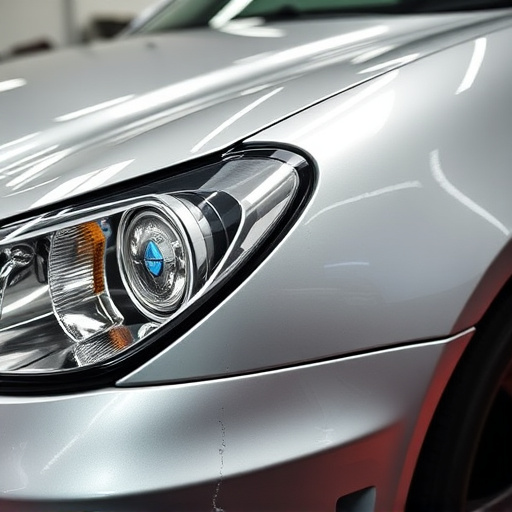
When undertaking auto paint repair, selecting the appropriate tools and materials is paramount to achieving quality results that match your vehicle’s original finish. Many amateurs make the mistake of cutting corners by opting for inferior tools or cheap paint that can’t withstand the rigors of automotive repairs. This often leads to unsightly touch-ups that don’t blend seamlessly with the rest of the paint job, resulting in a patchy appearance.
Invest in high-quality painting equipment such as professional-grade paint brushes, rollers, and tape for precise application. Additionally, choose automotive-specific paints designed to withstand temperature fluctuations, UV exposure, and various environmental conditions. Remember, proper preparation is key; ensuring your vehicle’s surface is clean, smooth, and free from debris before beginning the repair process will contribute significantly to a successful auto paint repair job, whether it’s after a minor fender bender or more significant automotive body work.
When undertaking auto paint repairs, whether for a minor scratch or a significant dent, avoiding common mistakes is key to achieving a professional finish. Understanding the basics of preparation, choosing the right tools and materials, and adhering to proper techniques will ensure your work stands the test of time. By steering clear of these pitfalls, you’ll not only save money but also maintain the vehicle’s resale value. Remember, quality auto paint repair is an art that combines skill, patience, and attention to detail.
